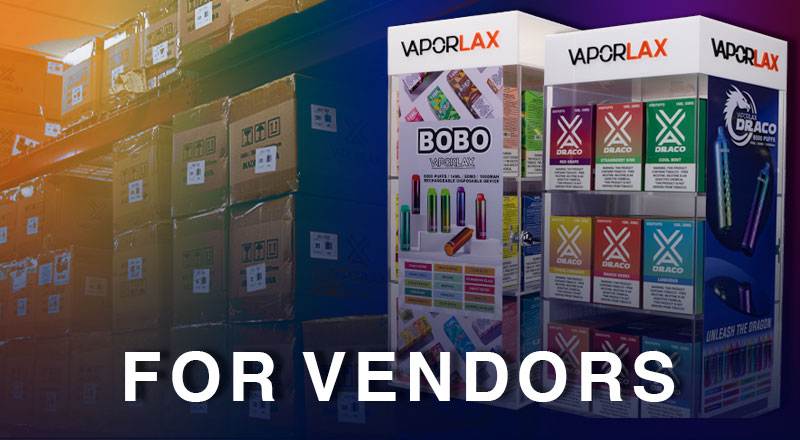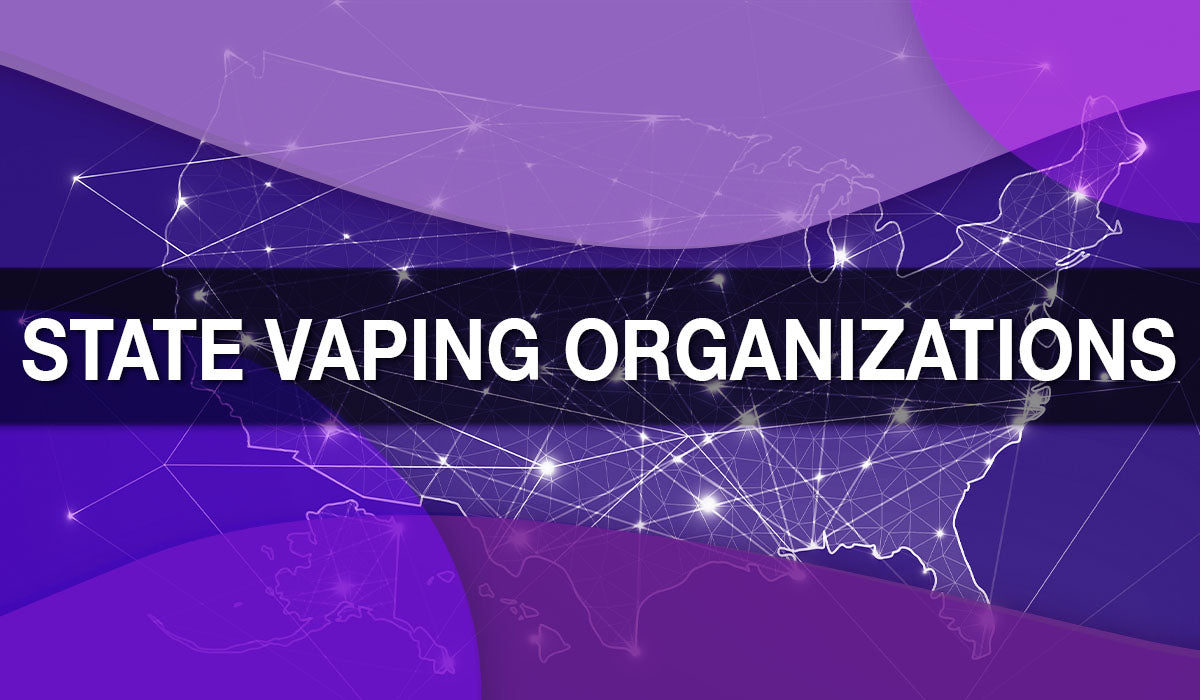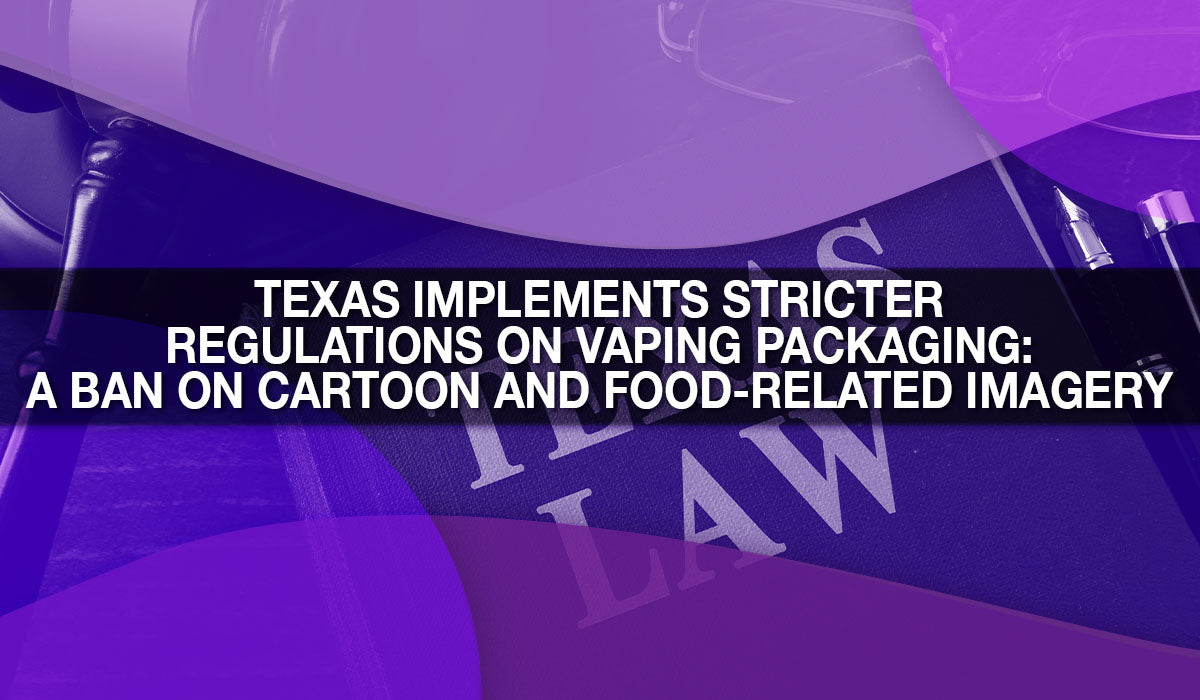The Changing Legal Landscape of Vaping
In recent years, the realm of vaping has become a focal point of evolving legal frameworks, sparking debates among advocates and opponents alike while significantly influencing public perception. The shifting landscape surrounding vaping regulations, policies, and societal attitudes has propelled this once-niche industry into the center of contentious discourse.
As stakeholders grapple with diverse perspectives on health, commerce, and individual freedoms, the dynamics between proponents and detractors continue to shape the intricate tapestry of vaping's legal framework, creating a complex and multifaceted terrain that demands nuanced examination and understanding.
Public Policy
At the federal level, the U.S. Food and Drug Administration (FDA) has been actively involved in regulating e-cigarettes and vaping products. In 2016, the FDA extended its regulatory authority to cover these products under the Family Smoking Prevention and Tobacco Control Act. This allowed the FDA to regulate the manufacturing, distribution, marketing, and sale of e-cigarettes, vape pens, e-liquids, and related devices.
In addition to Federal regulation individual states have implemented their own regulations. Some states have enacted stricter rules beyond the federal guidelines, including flavor bans, marketing restrictions, and higher taxes on vaping products.
The landscape of vaping laws remains in flux, subject to ongoing debates, scientific research, and policy revisions. The balance between regulating to protect public health, preventing youth initiation, and providing an off-ramp for combustibles remains a complex challenge for legislators and regulatory bodies. Consequently, the evolution of vaping laws in the United States reflects an ongoing process of navigating between these diverse and sometimes conflicting priorities.
Public Perception
False narratives, often propagated by public health officials, advocacy groups, media outlets, and educational campaigns, influence public perception by creating a narrative that portrays vaping as a significant health risk, especially for young people. They contribute to a climate where skepticism and caution regarding vaping prevail, shaping attitudes, behaviors, and policy preferences related to the regulation and use of vaping products.
The effectiveness of lobbying in shaping vaping laws often depends on the resources, organization, and influence of the lobbying groups involved. The competition between different interest groups, their ability to mobilize public support, and the evolving public perception of vaping all contribute to the complex landscape of vaping-related legislation. As a result, lobbying remains a crucial factor in the ongoing development and modification of vaping laws and regulations.
Major Advocates of Vaping
While not as well-funded as those dedicated to curtailing or eliminating vaping products from the US market, there are several well-organized and effective advocacy groups that protect the interests of adult vapers, vape resellers, and vape manufacturers.
American Vapor Manufacturers

Representing independent vapor manufacturers across the United States, AVM works to preserve the thriving vapor industry by providing support, representation, and engagement in the federal regulatory process. AVM members receive access to group testing strategies and tools to navigate federal regulatory requirements. AVM serves our members with integrity, diligence, and resourcefulness.
Donors of AVM include industry leaders such as Mi-One Brands, Savage Enterprises and Vapetasia
CASAA

As a consumer advocacy nonprofit organization, CASAA’s work is dedicated to empowering consumers and representing their interests in various legislative, policy making, and rule-making arenas.
Advocacy groups, like these were created to raise awareness about vaping and protect the rights of consumers and the manufacturers of electronic nicotine delivery systems (ENDS).
Donations to advocacy non-profits are crucial as they provide essential financial support necessary to drive impactful change, sustain advocacy efforts, and amplify voices on critical issues. These contributions made to the mentioned organizations above enable them to conduct research, run campaigns, mobilize communities, and influence policy-making, empowering them to effectively advocate for their causes and make a tangible difference in society. Mi-Pod has not only contributed donations but is also heavily involved with AVM, securing a board position as to further cement their commitment to the survival of this industry.
Mi-Pod has also created a comprehensive list of all active State Vapor Organizations, that full list with contact information can be found here.
Vaping Resources
Apart from the major lobbyists, there are also some great resource pages which make coherent arguments for vaping that debunk misleading narratives.
- Safer Nicotine Wiki
- Reason
- NHS
- ECF
- The Continuum of Risk
- Tobacco Harm Reduction 101
- Filter
- Vaping360
- Grimm Green
- Global Forum on Nicotine
Major Opponents of Vaping
The major opponents of vaping are effective lobbyists and well-funded. Under no restrictions as to where they can advertise, they have a huge built-in advantage that is further amplified by the reality that they can always claim to be protecting children and that their opponents are defending an addictive substance.
Campaign for Tobacco-Free Kids

This organization focused on reducing tobacco use among youth and was actively involved in advocating for policies to curb youth access to tobacco products, including e-cigarettes.
Truth Initiative

The Orwellian-named Truth Initiative is known for its Truth® campaign, which targets youth and young adults to discourage tobacco and vaping use.
Parents Against Vaping E-cigarettes (PAVe)

PAVe was founded by parents concerned about the rise of youth vaping. The organization aimed to educate parents, schools, and communities about the risks of vaping and advocated for policies to protect children from the dangers of e-cigarettes.
Other Vaping Opponents
While these anti-vaping organizations primarily focused on education, awareness campaigns, and advocacy for stricter regulations rather than direct lobbying activities, they played a pivotal role in influencing policy discussions and public perception through their efforts.
Bloomberg Philanthropies
Michael Bloomberg, through Bloomberg Philanthropies, has been a prominent figure in funding initiatives related to public health, including anti-tobacco campaigns. Bloomberg’s approach has been overly aggressive and heavy-handed in its attempts to regulate behaviors, including his involvement in campaigns against tobacco and vaping. His financial influence can overshadow democratic processes, leading to regulations or policies that might not fully consider all perspectives or may be deemed as paternalistic.
Tobacco Lobbyists
Tobacco companies have historically diversified their portfolios to include vaping products, including flavored e-cigarettes. While these companies may not directly advocate for flavor bans, they could align with certain regulatory measures that affect their competition in the vaping market. They might support restrictions or bans on certain flavors that predominantly belong to smaller, independent vape companies while safeguarding their own market share by promoting regulatory hurdles for their competitors.
Public Opinion
Recent surveys show how the public has been spoon fed suspect information concerning vaping and nicotine. The latest Action on Smoking and Health (ASH) survey, published in August of 2023, shows that four in ten smokers believe that vaping is as or more harmful than smoking.
Another survey published by BMC Public Health shows that “the proportion of US smokers perceiving ENDS as less harmful than cigarettes continually decreased, reaching 17.4% in Wave 5 (2019).
Current smokers with such belief were more likely to adopt ENDS (aOR 1.31; 95% CI 1.15–1.50) and switch completely to ENDS (aOR 2.24; 95% CI 1.89–2.65) in the subsequent wave. Among smokers who had switched within the past year, such beliefs predicted avoidance of resumption of smoking in the next wave (aOR 0.55; 95% CI 0.33–0.93).”
EVALI Misinformation
The 2019 EVALI cases wrongly tied to nicotine vaping played a major role in these common misperceptions.
In a 2021 article written by Clive Bates he states, “This condition is often known as “EVALI” (E-cigarette, or Vaping, product use-Associated Lung Injury), a term coined by the US Centers For Disease Control and Prevention (CDC). However, an examination of the evidence shows that EVALI cannot have been caused by nicotine vaping.
The characteristics of the lung injury outbreak are consistent with localized supply chain contamination. The contaminant has been identified and is known to be Vitamin E Acetate. This had been used as a thickener or cutting agent in illicit Tetrahydrocannabinol (THC) cannabis vape pens. This agent cannot be added to nicotine vaping liquids and would serve no useful purpose if it could be.”
UK a Beacon of Hope?
Public opinion towards vaping has undergone a notable shift from initial optimism to increased concerns about youth uptake, safety issues, and the need for stricter regulations.
While some segments of the population continue to view vaping positively and as an improved alternative, others are more cautious or outright negative due to health concerns, created by false media claims, such as the now debunked and totally discredited study that linked vaping and heart attacks, that never seem to be publicly corrected by leading health organizations.
Yet the UK's approach to vaping has been characterized by a continuum of risk perspective supported by public health authorities, a more permissive regulatory environment compared to some other nations, and a generally more positive public perception of e-cigarettes as a tool to help smokers quit traditional tobacco products. The idea of the federal government hosting a website titled, “Vaping to Quit Smoking”, as the UK’s National Health Service does is simply unthinkable here.
Efforts to emphasize the potential role of e-cigarettes as a tool to help smokers transition away from traditional cigarettes might influence policy discussions. There are many ways to get involved in advocating for smoke and ash-free nicotine alternatives. We covered a lot of those options here in a recent Mi-Pod blog.
Future of Vaping
The future of vaping legislation in the United States is likely to continue evolving, driven by ongoing scientific research, public health concerns, industry practices, and changing societal attitudes. Finding a balance between public health, youth vaping, adult access, and preserving individual choice remains a significant challenge for legislators and regulators navigating the evolving landscape of vaping regulations.
Tobacco use remains a leading cause of preventable death in the United States. According to the Centers for Disease Control and Prevention (CDC), it's estimated that more than 480,000 Americans die each year due to tobacco-related diseases. Balancing the interests of public health for current smokers and vapers will be a challenge, but we are confident that together we can protect this revolutionary technology.
The New England Journal of Medicine found in a peer reviewed and gold-standard study that vaping was several times more effective than nicotine replacement therapy for smoking cessation. Adults that have successfully switched depend on these products to stay free from combustible cigarettes, while flavor bans have been shown to increase cigarette sales. To avoid similar calamities in the future, the narrative must be changed.






Leave a comment
This site is protected by hCaptcha and the hCaptcha Privacy Policy and Terms of Service apply.